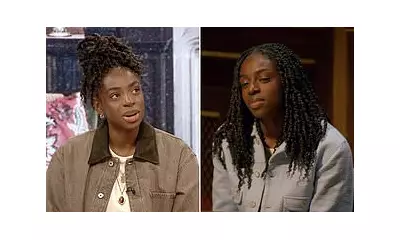
A remarkable new exhibition at Cambridge's Fitzwilliam Museum is rewriting our understanding of one of history's greatest minds, revealing Leonardo da Vinci's profound fascination with ancient Egyptian culture.
The Renaissance Man's Egyptian Connection
Visitors to 'Made in Ancient Egypt' are discovering a side of Leonardo rarely seen in mainstream art history. The exhibition showcases how Egyptian artefacts circulating in Renaissance Italy captivated the polymath, influencing both his artistic technique and scientific inquiries.
Among the treasures on display are Leonardo's meticulous drawings of Egyptian-inspired motifs and his famous coded notebooks containing references to Nile Valley civilization. These works demonstrate how Egyptian artistry provided the Renaissance master with new perspectives on proportion, symbolism and technical execution.
Cambridge's Archaeological Revelation
The Fitzwilliam Museum proves to be the perfect setting for this groundbreaking show, drawing connections between its own extensive Egyptian collection and Leonardo's revolutionary work. Curators have masterfully juxtaposed authentic ancient Egyptian artefacts with Leonardo's studies, creating a dialogue across millennia.
'What we're seeing is Leonardo not just as an artist, but as an early archaeologist and cultural anthropologist,' explains the exhibition's lead curator. 'His notebooks reveal a mind desperately trying to understand and incorporate ancient Egyptian knowledge into his own work.'
Beyond the Mona Lisa: A Deeper Understanding
This exhibition challenges the traditional narrative of Renaissance art as purely Greco-Roman inspired. Instead, it presents a more complex picture of cultural exchange, where:
- Egyptian mathematical principles influenced Renaissance perspective
- Ancient symbols found new life in Christian iconography
- Technical knowledge from Nile Valley civilizations informed engineering designs
The show runs until February 2026 and has already generated significant excitement among art historians and Egyptologists alike. For visitors, it offers a rare opportunity to see familiar masterpieces in an entirely new light, understanding how ancient civilizations continued to shape European art centuries after their decline.





